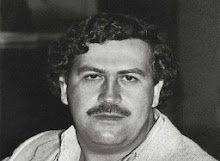A call option is a right to buy shares at a set price (The strike price).
The investor wants to see the stock rise in price, this raises the intrinsic value of the option. As well as allows the long side to call away shares to buy at a lower price.
A put option is a right to sell at the strike price, investor of a long put wants to see the underlying stock drop so he can sell high.
A short call is when an investor writes or sells a call option. There is unlimited risk to this strategy because the price, theoretically, can go to infinity. Where as a naked put, the price can bottom at zero. Normally investors do this to take in the premium. The premium is the price of the option. so if the premium is $1.25 and the investor thinks the call will rise, betting the underlying stock will rise, he'll write a call and collect $125 for each call he writes.
A naked put is when an investor write or sells a put.
The margin requirement of any naked option, put or call is 20% of the underlying stock price plus premium. Example:
Brian writes 1 naked puts of IBM. Strike price is 100 and the premium is $2.00. Stock is trading at $90. So the calculation should be the following.
20% of $90 x 100 + 200 = 2000
First figure out the underlying stock price. That's 100 shares X $90 = 9000
9000 X 20% = 1800 plus premium which is $2.00 x 100 = 200
1800 + 200 = 2000
Your using 100 because one contract of the option you write represents 100 shares.
Friday, September 30, 2011
Subscribe to:
Post Comments (Atom)

1 comment:
Boy, I have no idea what you just said
Post a Comment